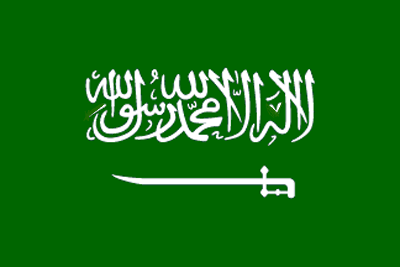so let us continue on the Peranakans. Previous entry was on the history right? so in this entry we wanna focus on the dressing of the Baba Nyonya.
whenever we talks about Baba and Nyonya, one thing that will come out is their dressing which is 'kebaya'. Nyonya Kebaya is a unique traditional ethnic clothes worn by the Straits Settlement Chinese ladies who are known as nyonyas. The Baba and Nyonya, even though originally are ethnic Chinese, adopt the way of dressing, some cultural practices and also local food in their daily lives.
The main difference of nyonya kebaya from other kebayas is that, the material used for the top is sheer. The material can be gauze cotton, voile or georgette. Since the top is made out of translucent material, it is necessary to wear an inner cotton camisole which is called "anak baju". The top is embroidered with beautiful motifs with extra emphasize at the collar, the sleeves and the hem of the jacket. The motifs are usually hand-made. As with other craft, machine-made embroidery would not look as good as the hand-made ones. As for the sarong, batik from Java is used. Locally known as "batik Jawa", there are several cuts to choose from. The more shapely ladies would love to show off their lovely legs with a sarong with a slit in front. The slit would only show as they walk.
There are two basic styles of nyonya kebaya. The one with long jacket (known as kebaya labuh) and also another with the short jacket (kebaya pendek).
Kebaya labuh is usually worn by elderly ladies. The cut is straight, and the length comes down to the knees, sometimes almost to the calves. The material is still sheer, and anak baju is also needed. A set of brooches (usually a set of three) are used to secure the front of the jacket. A chiffon embroidered handkerchief is cleverly tucked at the collar completes the look.Kebaya pendek is much preferred by the younger nyonyas. The cut hugs the figure and the length of the jacket only reaches the hips. This costume shows off the shape of the women beautifully.
(the old picture of nyonya in kebaya pendek)
(modern kebaya pendek)
(kebaya labuh)
So that's all for now guys. We'll updare more soon. Keep coming folks! ;)









